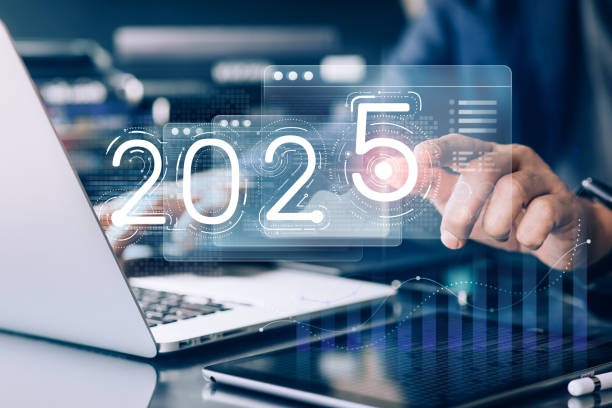As technology continues to evolve rapidly, software development is becoming more intelligent, efficient, and user-centric. In 2025, several trends are shaping the future of how software is built, deployed, and used across industries. Here are the top software trends to watch this year.
1. AI-Driven Development
Artificial intelligence is no longer just a tool—it’s now an integral part of software creation. AI is being used to:
- Auto-generate code using tools like GitHub Copilot
- Identify bugs and vulnerabilities in real-time
- Personalize user experiences with intelligent predictions
AI-powered development environments are helping teams deliver better software faster and with fewer errors.
2. Low-Code and No-Code Platforms
Low-code and no-code tools allow users with little or no programming experience to build functional applications through drag-and-drop interfaces.
- Speeds up development cycles
- Empowers non-technical users (citizen developers)
- Helps organizations respond quickly to market changes
These platforms are becoming essential in both startups and enterprises.
3. Edge Computing Integration
Edge computing brings data processing closer to the source (like IoT devices), reducing latency and improving performance.
- Useful in autonomous vehicles, smart cities, and industrial automation
- Requires lightweight, real-time software applications
- Demands new approaches to deployment and security
Software designed for edge environments is becoming more common and essential.
4. Privacy-First Software Design
With increasing concerns around data privacy and stricter regulations (such as GDPR and India’s DPDP Act), privacy-by-design is now a core development requirement.
- Applications must minimize data collection
- Enhanced data encryption and transparency features
- Rise of decentralized identity and consent management solutions
User trust is tied directly to how well software handles personal data.
5. Cloud-Native Architecture
Cloud-native development—building and running apps using cloud services—continues to grow with widespread adoption of:
- Microservices
- Containers (e.g., Docker)
- Kubernetes orchestration
It allows for faster scaling, easier updates, and greater resilience across platforms.
6. Platform Engineering and Developer Experience (DevEx)
Companies are focusing on building internal platforms that improve developer productivity and workflow efficiency.
- Streamlined deployment pipelines
- Reusable infrastructure components
- Unified developer portals for tools, APIs, and services
Better developer experience translates into faster delivery and higher-quality software.
7. Cybersecurity-Integrated Development (DevSecOps)
Security is being integrated into every phase of development rather than added afterward.
- Shift-left security practices
- Automated security testing in CI/CD pipelines
- Code signing, runtime protection, and compliance automation
DevSecOps ensures that security is continuous, not reactive.
8. AI-Enhanced Testing and QA
Software testing is being revolutionized by AI-driven tools that:
- Automatically detect anomalies
- Create intelligent test cases
- Predict failure points before deployment
This reduces testing time and improves product reliability.
9. Composable Applications
Composable architecture allows developers to build applications by assembling pre-built, modular components.
- Increases reusability and agility
- Useful in e-commerce, fintech, and enterprise solutions
- Encourages integration via APIs and headless CMSs
It’s part of a broader move toward modular, adaptable systems.
10. Sustainable and Green Software Engineering
Environmental concerns are influencing software practices:
- Writing energy-efficient code
- Optimizing server usage
- Choosing eco-friendly cloud providers
Sustainability is becoming a KPI for software projects in corporate and enterprise settings.
Final Thoughts
The software industry in 2025 is defined by speed, intelligence, security, and sustainability. From AI-assisted coding to privacy-first applications and cloud-native development, these trends reflect a shift toward smarter, more responsible, and user-centric software. Staying informed and adaptable to these trends is key for developers, businesses, and organizations aiming to thrive in a rapidly changing digital landscape.





Leave a Reply